A male Iberian harvester ant (left) shares the same mother as a distantly related male ant (right) - Photo: Yannick Juvé & Jonathan Romiguier
According to Nature magazine , a new discovery in Europe shows that the Iberian harvester ant (M. ibericus) can produce male ants… of a completely different species. This is a rare case in nature, when one species "produces" individuals of another species through reproductive parasitism.
Normally, M. ibericus queens mate with M. structor males to produce hybrid worker colonies that take on the responsibility of nest building and foraging. However, in Sicily (Italy), scientists did not find any natural M. structor populations, but both species were present in M. ibericus nests.
Genetic sequencing has shown that M. ibericus queens can lay eggs that carry the nuclear DNA of M. structor, thereby "cloning" male M. structor ants to maintain their sperm supply. These ants are then used to breed hybrid workers for the entire colony.
In fact, M. ibericus "domesticated" the genome of M. structor to serve its own survival, according to evolutionist Jonathan Romiguier of the French Institute of Evolutionary Sciences in Montpellier.
Incredibly, the two species have been evolutionarily separate for more than 5 million years, about the same distance as humans and chimpanzees.
Despite their physical appearance, M. structor clones from M. ibericus are killed as soon as they are introduced into natural M. structor nests, due to the "foreign" pheromone smell. In addition, they are also unique in that their cell nuclei contain M. structor DNA, but their mitochondria carry M. ibericus DNA.
Romiguier compares this phenomenon to an event more than a billion years ago, when a primitive cell "swallowed" bacteria and evolved into a eukaryotic organism with two genomes in the same cell: the nucleus and the mitochondria.
However, experts say M. ibericus's reproductive parasitic strategy is unlikely to be as successful in the long term as the "symbiosis" that has helped animals, plants and fungi thrive so widely.
Evolutionary ecologist Claudie Doums (Paris) commented: "Ants are extraordinary creatures, always forcing us to expand our thinking to accept unconventional reproductive systems."
Back to topic
VNA
Source: https://tuoitre.vn/hien-tuong-tien-hoa-ky-la-loai-kien-sinh-ra-con-thuoc-loai-khac-20250904111131796.htm


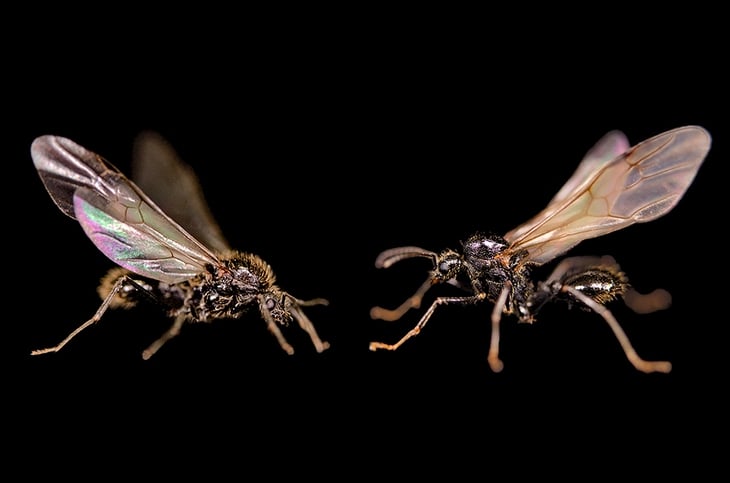

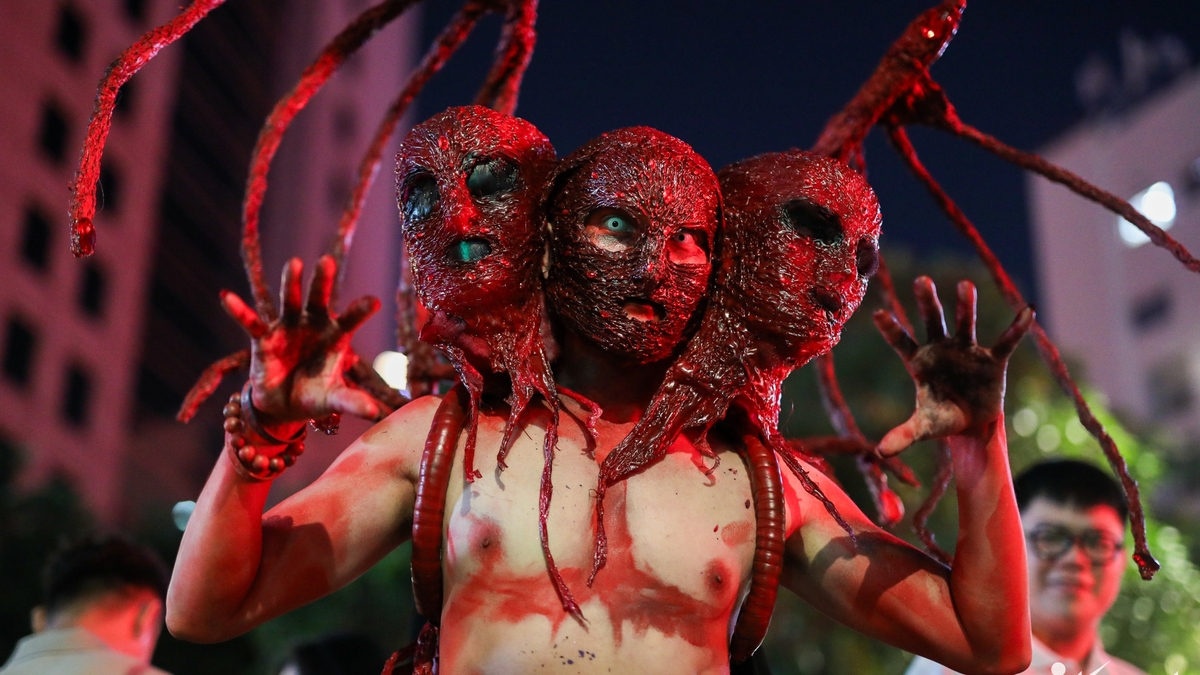

![[Photo] Nhan Dan Newspaper displays and solicits comments on the Draft Documents of the 14th National Party Congress](https://vphoto.vietnam.vn/thumb/1200x675/vietnam/resource/IMAGE/2025/10/26/1761470328996_ndo_br_bao-long-171-8916-jpg.webp)








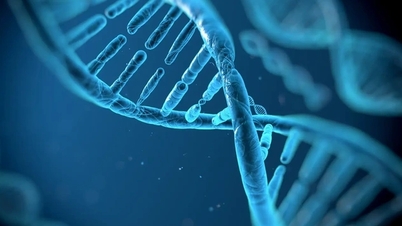


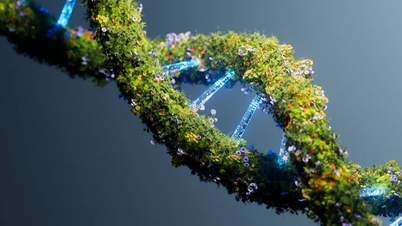


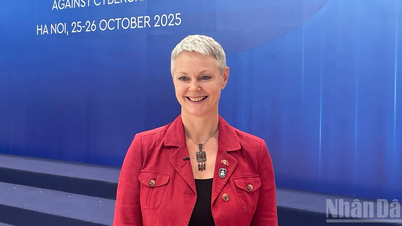


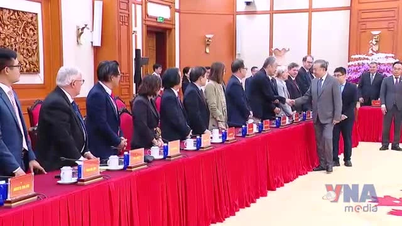


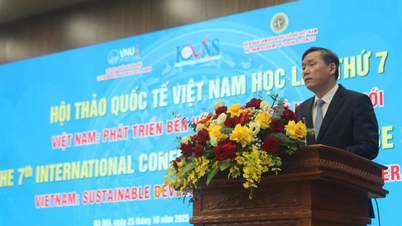






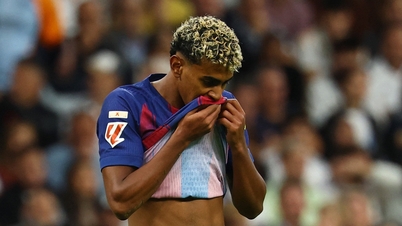


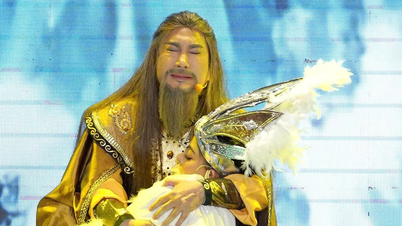
![[Photo] Enjoy the Liuyang Fireworks Festival in Hunan, China](https://vphoto.vietnam.vn/thumb/1200x675/vietnam/resource/IMAGE/2025/10/26/1761463428882_ndo_br_02-1-my-1-jpg.webp)
![[Photo] General Secretary To Lam received the delegation attending the international conference on Vietnam studies](https://vphoto.vietnam.vn/thumb/1200x675/vietnam/resource/IMAGE/2025/10/26/1761456527874_a1-bnd-5260-7947-jpg.webp)











































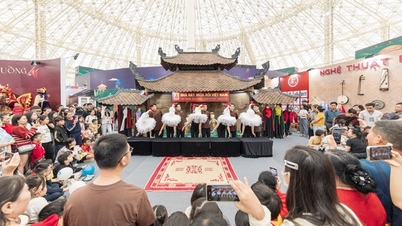
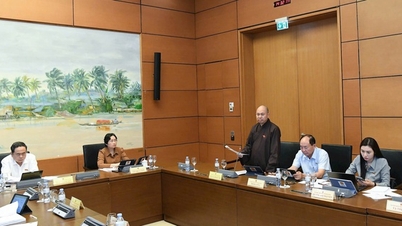







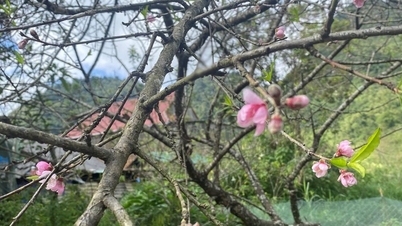




















Comment (0)